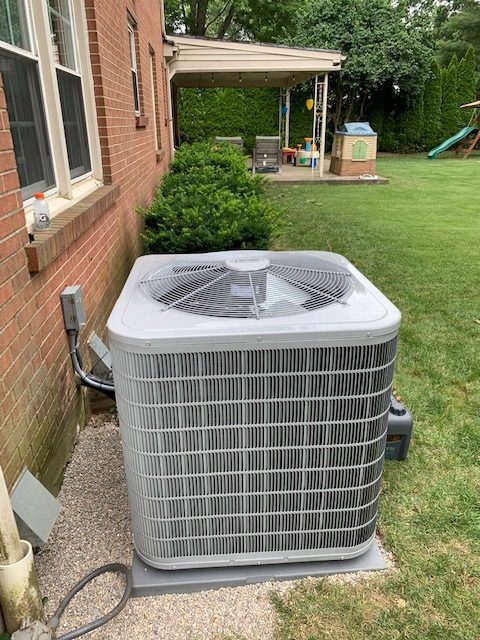Want Energy Efficiency? Look for the Energy Star on HVAC Products

Don’t you wish that American consumers had a simple way to locate high-quality, energy-efficient heating and cooling equipment? If this service were available, residents and businesses could all save ample energy, money and time when upgrading their HVAC systems. As a matter of fact, we’re all in luck: The federal government offers just such a program, Energy Star, which has been in operation for nearly 30 years.
This joint program of the federal EPA and Department of Energy gives consumers an easy way to choose energy-saving HVAC equipment, electronics (TVs, computers, printers, etc.), a variety of other home appliances (water heaters, dish washers, etc.), and home fixtures that affect energy consumption such as doors and windows.
Products that qualify for the program are awarded the familiar Energy Star logo.
According to the description on the U.S. EPA’s Energy Star website, the program “is the government-backed symbol for energy efficiency, providing simple, credible, and unbiased information that consumers and businesses rely on to make well-informed decisions.”
Since its inception, the program and its many partners in business, industry, government and the utility sector have assisted American families and businesses in conserving a walloping 5 trillion kilowatt hours of electricity, saving over $450 billion in energy expenses, and reducing 4 billion (metric) tons of greenhouse gas pollution. As recently as 2019, with help from Energy Star and its partners, Americans conserved almost a half-trillion kilowatt hours’ worth of electricity and saved $39 billion in energy expenses.
How Does an Appliance or Product Qualify for the Energy Star?
First of all, the particular product must meet a designated minimum standard for energy efficiency to qualify for the Energy Star. Different types of products, however, are rated under different metrics, so there’s no one-size-fits-all with regard to ranking efficiency. For example, for air conditioners and the cooling function of heat pumps, SEER (seasonal energy efficiency ratio) is the metric that’s used. Before 2006, the government required manufacturers to meet a minimum SEER of 10. As energy-efficiency technology has improved over the years, the minimum rating has increased correspondingly. For most systems, it’s now 13 or 14 depending on the type of system (e.g., split system or package system). (The EER – Energy Efficiency Ratio – is another metric that’s used to qualify systems for the Energy Star, with a minimum EER of 12 for split system central ACs and heat pumps.)
In most cases, especially if you live in an area with a hot and humid climate that persists for several months, you’re better off choosing an Energy Star-qualified system with efficiency ratings that are higher than the minimum SEER or EER. Most HVAC professionals recommend high-efficiency ACs and heat pumps with ratings that begin at 13 EER and 16 SEER.
Performance Is Key to Winning an Energy Star
The Energy Star program mandates that a system or product hoping to qualify perform at least as well as other products in that class. In addition, the product must come with features that a typical consumer would expect to see in such an energy-using product or system.
In addition to required levels of performance and energy savings, a product must accomplish the following before receiving the Energy Star:
- If a qualifying product costs more than its regular counterpart, the energy savings from the Energy Star-rated product must more than make up for that extra cost and do so in a reasonable period of time.
- Energy savings must be accomplished through widely available, non-proprietary technology – meaning a manufacturer can’t earn the Energy Star if its energy-saving technology is exclusive to that company.
- Energy consumption and performance of a product must be amenable to measuring and verification through testing.
Multiple Benefits to the Energy Star
The great thing about the Energy Star program is that it not only helps save home and business owners money on their energy bills; it also helps the environment, reducing greenhouse gases and other pollutants related to energy production. Each product that receives the Energy Star is independently certified to save energy and perform well.
It’s important to remember that this program not only helps you, the consumer, save money on energy bills, but it helps the environment at the same time. The less energy consumed by an appliance or system, the fewer damaging emissions get distributed into the atmosphere.
Another benefit of the program is that rebates and other incentives often are available when your purchase an Energy Star-qualified system or product. These may be offered by your state or the federal government or by an electric utility.
